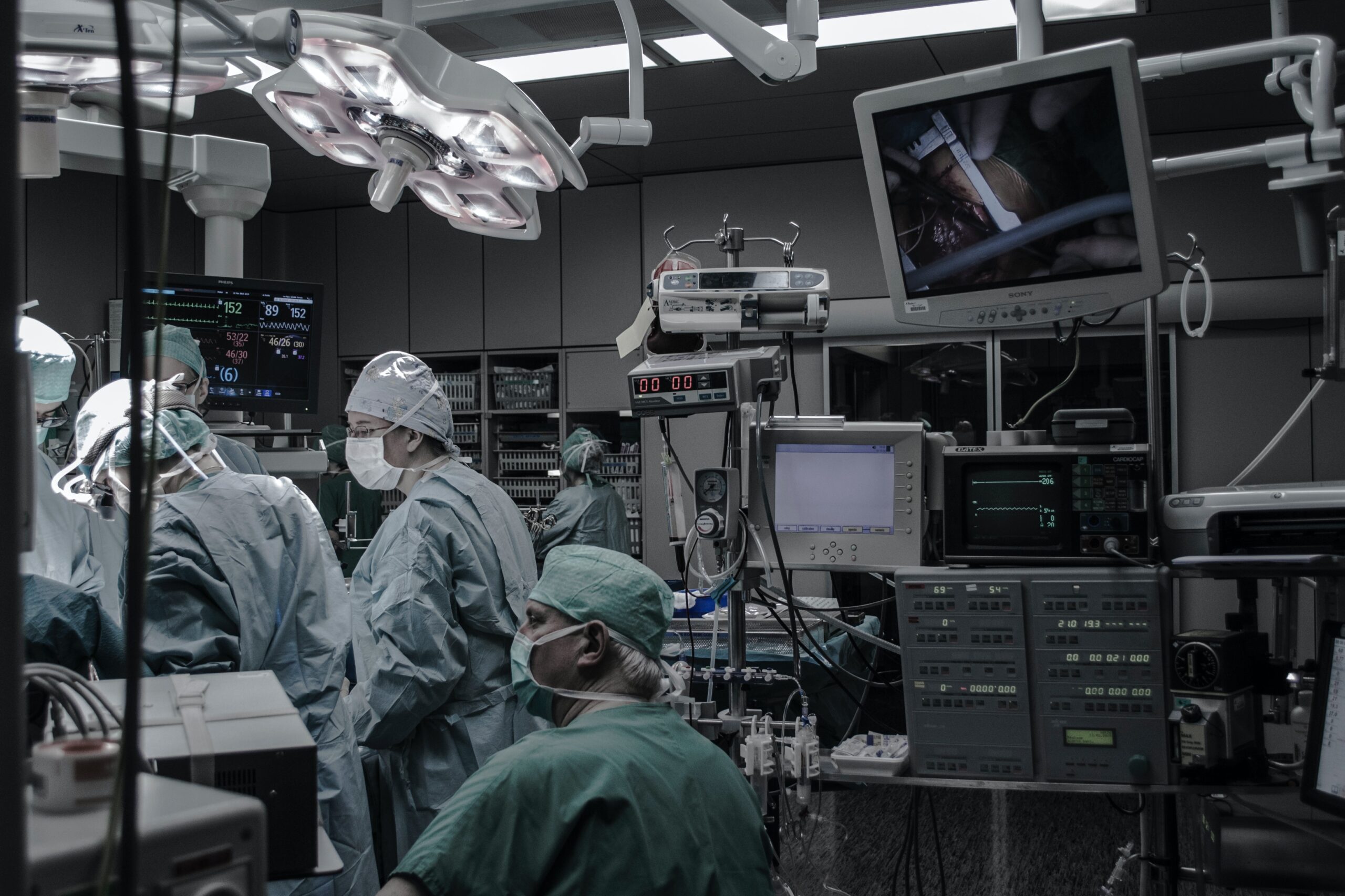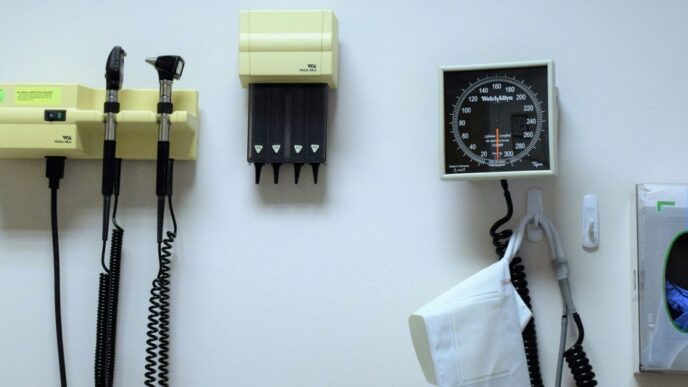Healthcare is an ever-evolving field that requires constant innovation and progress to provide patients with the best possible care. One of the areas that have seen tremendous advancements in recent years is surgical technology. With cutting-edge techniques and tools, surgeons can now perform complex procedures with greater precision, speed, and safety than ever before. In this blog post, we delve into how these advanced technologies are revolutionizing healthcare and analyze their impact on search engine optimization (SEO). Join us as we explore the exciting world of surgical technology!
Introduction to Surgical Technology
Surgical technology is a field of medicine that deals with the design and implementation of surgical procedures. It is an important aspect of modern medicine, as it allows for the safe and effective treatment of various medical conditions.
Surgical technology has come a long way in recent years, thanks to advances in medical science and technology. Today, there are many different types of surgical procedures that can be performed, each with its own set of risks and benefits.
The goal of surgical technology is to minimize the risks associated with surgery while still providing patients with the best possible outcomes. To do this, surgeons must have a thorough understanding of the latest surgical techniques and technologies. They must also be able to effectively communicate with other members of the surgical team, such as anesthesiologists and nurses.
Surgical technology is constantly evolving, and new techniques and technologies are being developed all the time. As such, it is important for surgeons to keep up-to-date on the latest developments in the field. By doing so, they can ensure that they are providing their patients with the safest and most effective care possible.
What Does a Surgical Technologist Do?
Surgical technologists are an important part of the medical team, they work alongside surgeons and other medical personnel to ensure that surgeries are performed safely and effectively.
Surgical technologists typically have an Associate’s degree in surgical technology. Some also hold certification from the National Board of Surgical Technology and Surgical Assisting.
The responsibilities of a surgical technologist can differ based on the specific surgical procedure being conducted. However, some common tasks include:
- Prepare the operating room for surgery by sterilizing equipment and setting up instruments.
- Assist the surgeon during the surgery by handing them instruments and providing other assistance as needed.
- Care for patients before and after surgery by checking their vital signs and making sure they are comfortable.
Surgical technologists play a vital role in ensuring that surgeries are performed safely and effectively. If you are interested in a career in surgical technology, be sure to research different programs to find one that is right for you.
Benefits of Surgical Technology
Surgical technology is a vital part of modern medicine. It allows surgeons to perform complex procedures with greater precision and accuracy, and it helps to make surgery safer for patients.
Some of the benefits of surgical technology include:
Increased Precision: Surgical technology allows surgeons to be more precise in their incisions and movements. This can lead to fewer complications and a quicker, more successful surgery.
Greater Accuracy: With surgical technology, surgeons can plan out their surgeries with greater accuracy. This leads to fewer errors and a higher success rate for the procedure overall.
Safer for Patients: Surgical technology helps to make surgery safer for patients by reducing the risk of complications. In addition, it can help patients heal faster and with less scarring.
Faster Recovery Time: Because surgical procedures are often more precise and accurate, patients tend to recover from them more quickly. This means that you can get back to your life sooner after your surgery is complete.
Reduced Pain and Discomfort: Thanks to advances in surgical technology, pain and discomfort during and after surgery are often greatly reduced. This allows patients to recover more comfortably and with less stress.
Types of Surgical Technology
Surgical technology is a field of medicine that is constantly evolving. As new medical technologies are developed, surgical techniques must adapt to make use of these new tools. Here are some of the most common types of surgical technology used in modern medicine:
Minimally Invasive Surgery: Minimally invasive surgery (MIS) is a type of surgery that uses small incisions and specialized instruments to minimize tissue damage and blood loss. MIS has become increasingly popular in recent years as it offers many benefits over traditional open surgery, including shorter hospital stays, less pain, and faster recoveries.
Robotic Surgery: Robotic surgery is a type of MIS that uses robotic arms to control surgical instruments. This type of surgery allows for greater precision and accuracy than traditional MIS, and can be used for a variety of different procedures.
Computer-Assisted Surgery: Computer-assisted surgery (CAS) is a type of surgery that uses computer software to plan and guide the surgeon during the procedure. CAS can be used for a variety of different surgeries, including orthopedic surgeries, neurosurgeries, and cancer surgeries.
3D Printing in Surgery: 3D printing is a type of additive manufacturing that produces three-dimensional objects from digital models. 3D printing has been used in surgery for several years now to create custom implants and prosthetics. More recently, surgeons have begun using 3D-printed models of patients’ anatomy to plan and practice complex surgeries.
Education and Training Requirements for Surgical Technologists
Education and training requirements for surgical technologists vary by country. In the United States, most surgical technologists complete a postsecondary educational program in surgical technology. These programs typically last about nine months and include both classroom and clinical components.
In order to become a certified surgical technologist in the United States, one must pass the national certification exam administered by the National Board of Surgical Technology and Surgical Assisting (NBSTSA). Certified surgical technologists are required to renew their certification every four years through continuing education and re-examination.
Many countries have similar education and certification requirements for surgical technologists. However, some countries may require more or less education and training. For example, in Canada, most surgical technologists have completed a two-year college diploma in health sciences.
Outlook for Future of Surgical Technology
The surgical technology field is expected to grow in the coming years as the demand for qualified personnel increases. The aging population will require more medical procedures, and as technology advances, new surgical techniques will be developed that require trained professionals to implement them. There is a growing need for qualified surgical technologists in all areas of the country, and job prospects are expected to be good.
Conclusion
Surgical technology is an essential component of modern medicine, allowing for more precise and less invasive procedures. This improves the safety of operations while reducing recovery time, making it possible to treat a wider variety of conditions with greater success rates. The ability to perform complex surgeries with minimal risk has revolutionized healthcare in numerous ways, enabling us to provide better care for our patients and improve their quality of life.













